A patent application discovered on Thursday reveals Apple is once again looking into so-called "gaze detection" eye-tracking technology for its iOS device lineup, possibly in response to Samsung's latest Galaxy S4 smartphone, which boasts a similar feature dubbed "Smart Scroll."
The invention published on Thursday by the U.S. Patent and Trademark Office, titled "Electronic Devices With Gaze Detection Capabilities," is a divisional patent application that claims priority to a September 2008 filing covering the same topic.
Apple's patent describes a system that leverages a portable's front-facing camera to determine whether a user's gaze is directed at the device. Also noted in the language is the use of an accelerometer which, when motion is recognized, shuts off the gaze detection circuitry.
In practice, if a user's gaze is determined to be directed at the device, the screen will remain on and at relative brightness. Conversely, if a user's gaze is found to have drifted away from the device, or if the accelerometer detects motion above a certain threshold, the screen is dimmed.
In some embodiments, the entire device enters standby mode when gaze conditions are not met. Once a user looks back at the display portion of the device, the portable moves out of standby and activates all functions. In addition, physical input like button presses can also trigger the device to return to an active state.
While the invention is in many respects a power saving measure, there is one embodiment discussed in which gaze controls media playback functions:
For example, the electronic device may be performing a video playback operation while in the active mode. In this example, when the electronic device detects that the user's gaze is no longer directed towards the electronic device, the electronic device may enter one of the standby modes, dim the display screen that was being used for the video playback operation, and pause the video playback operation. If desired, the electronic device may resume the video playback operation when it detects that the user has redirected their gaze towards the electronic device (e.g., towards the video screen).
As the 2013 filing was divisional, it necessarily removed certain claims from the original application, which was published in 2010. It appears that Apple concentrated on the workings of the eye-tracking tech rather than its implementation in the second filing, removing the first five claims of the original application. These dealt with playback functions and power saving features that would benefit from the gaze tracking system.
Such functionality is now being touted by Samsung as a major feature of its latest flagship smartphone, the Galaxy S4. Dubbed "Smart Scroll" the system operates in much the same way as Apple's invention, using the device's front-facing camera to track a user's eye movement to dim the screen and pause media. Samsung's implementation goes further, however, and includes webpage and email scrolling functionality.
Interestingly, a trademark filing with the USPTO on January 24, 2013 for "Eye Pause" is credited to Samsung. That date is just one day before Apple entered its divisional patent filing. A subsequent filing for "Eye Scroll" was lodged in February, while the final "Samsung Smart Scroll" trademark was filed for on March 8, 2013, six days prior to the Galaxy S4's unveiling.
While Apple's original gaze detecting patent application dates back to 2008, Samsung also has similar eye-tracking properties on the books, including U.S. Patent No. 6,611,613 for "Apparatus and method for detecting speaking person's eyes and face," which was awarded in 2000.
It can be speculated that Apple is attempting to establish prior art for eye-tracking in preparation of a theoretical case leveraged by either itself or Samsung as part of the two companies' ongoing feud, though it is more likely that the filing dates are mere coincidence. As of now, no allegations have been made by either party regarding the tech.
Apple's gaze detection patent is credits Andrew Hodge and Michael Rosenblatt as its inventors.
 Mikey Campbell
Mikey Campbell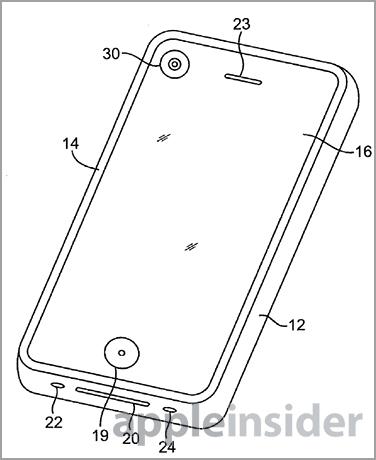
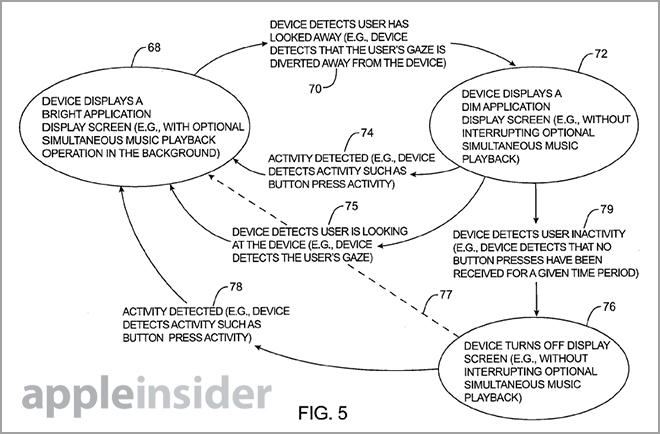







-m.jpg)






 Malcolm Owen
Malcolm Owen
 Marko Zivkovic
Marko Zivkovic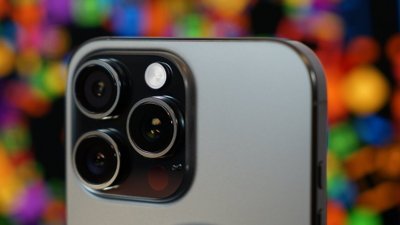
 Wesley Hilliard
Wesley Hilliard
 Christine McKee
Christine McKee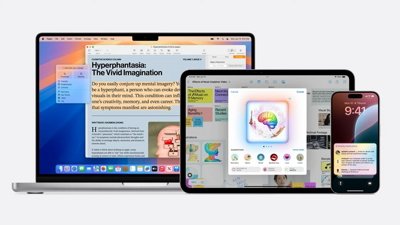
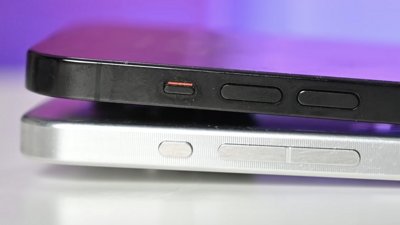
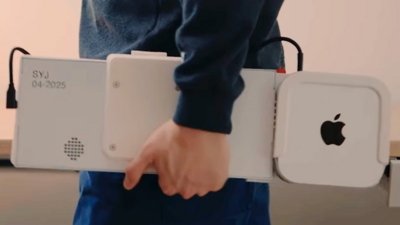
 William Gallagher
William Gallagher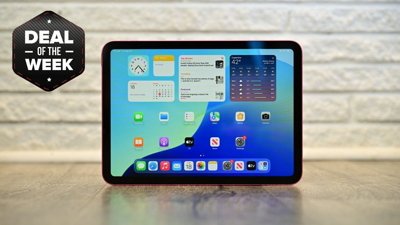





-m.jpg)




16 Comments
Just another example of Samesung copying Apple. I hope the Samsung patent gets invalidated and the Apple one goes thru so Apple can sue the pants off of Scamsung for copying them.
At first I thought you were being ironic, but then realised you were probably serious. We can only hope they can come up with a vaccine soon.
Although the idea is potentially neat, the implementation on my brother-in-law's S4 is not great. I'm still not convinced I want my phone to decide when to move the page.
Eye "gestures" might be cool -- double blink to go forward, triple to go back, or something. I should take out a patent...
At first I thought you were being ironic, but then realised you were probably serious.
We can only hope they can come up with a vaccine soon.
You obviously have nothing to add about the article. Go troll somewhere else.
I'll admit that I have no direct experience with this sort of technology. But this struck me as a horrible idea when Samsung announced it, and it doesn't sound any better here. Then again, maybe I'm just an old fuddy-duddy. Maybe my watching habits are different from others'.
I dunno. As long as you can turn it off, I guess it doesn't really matter.